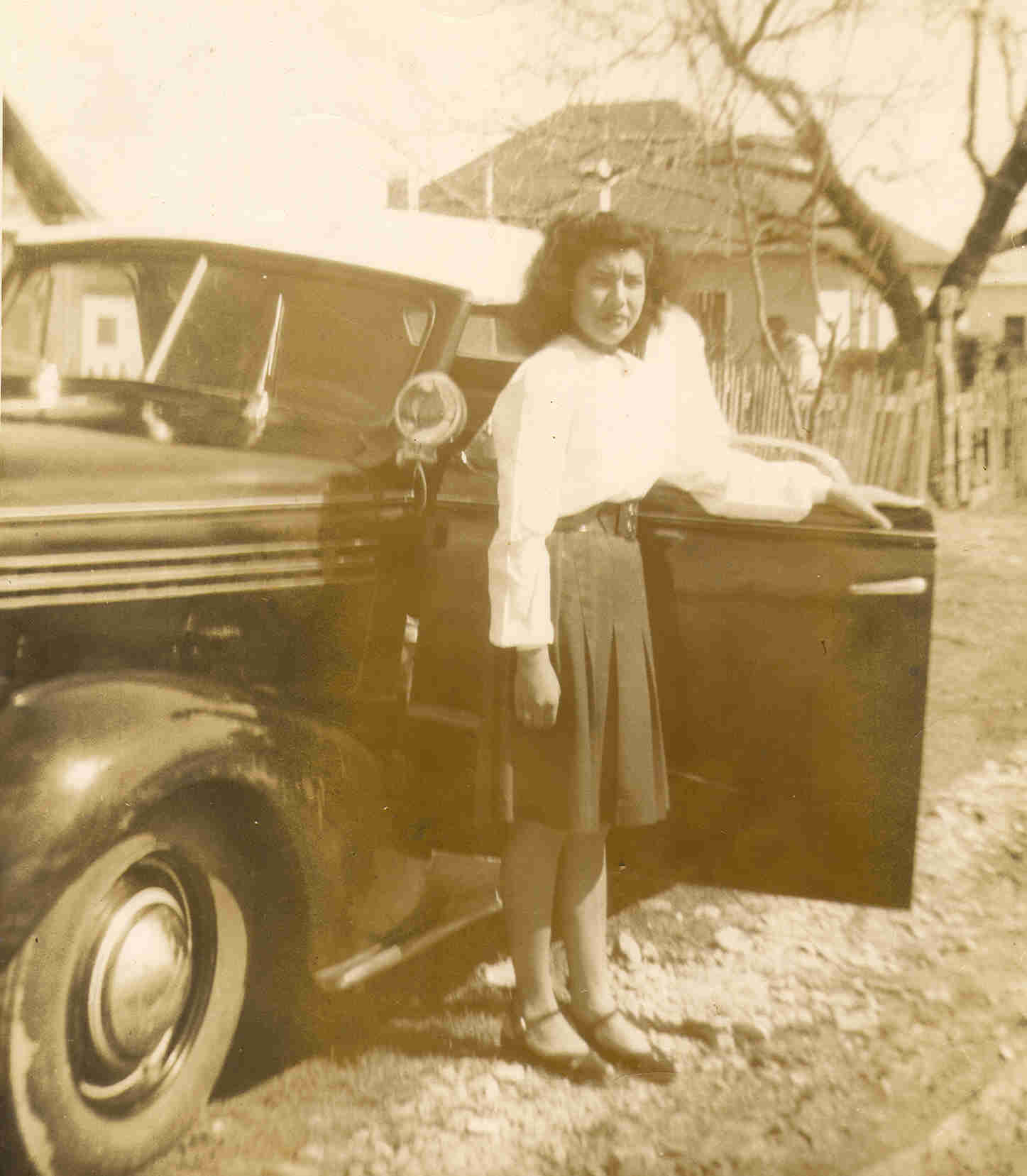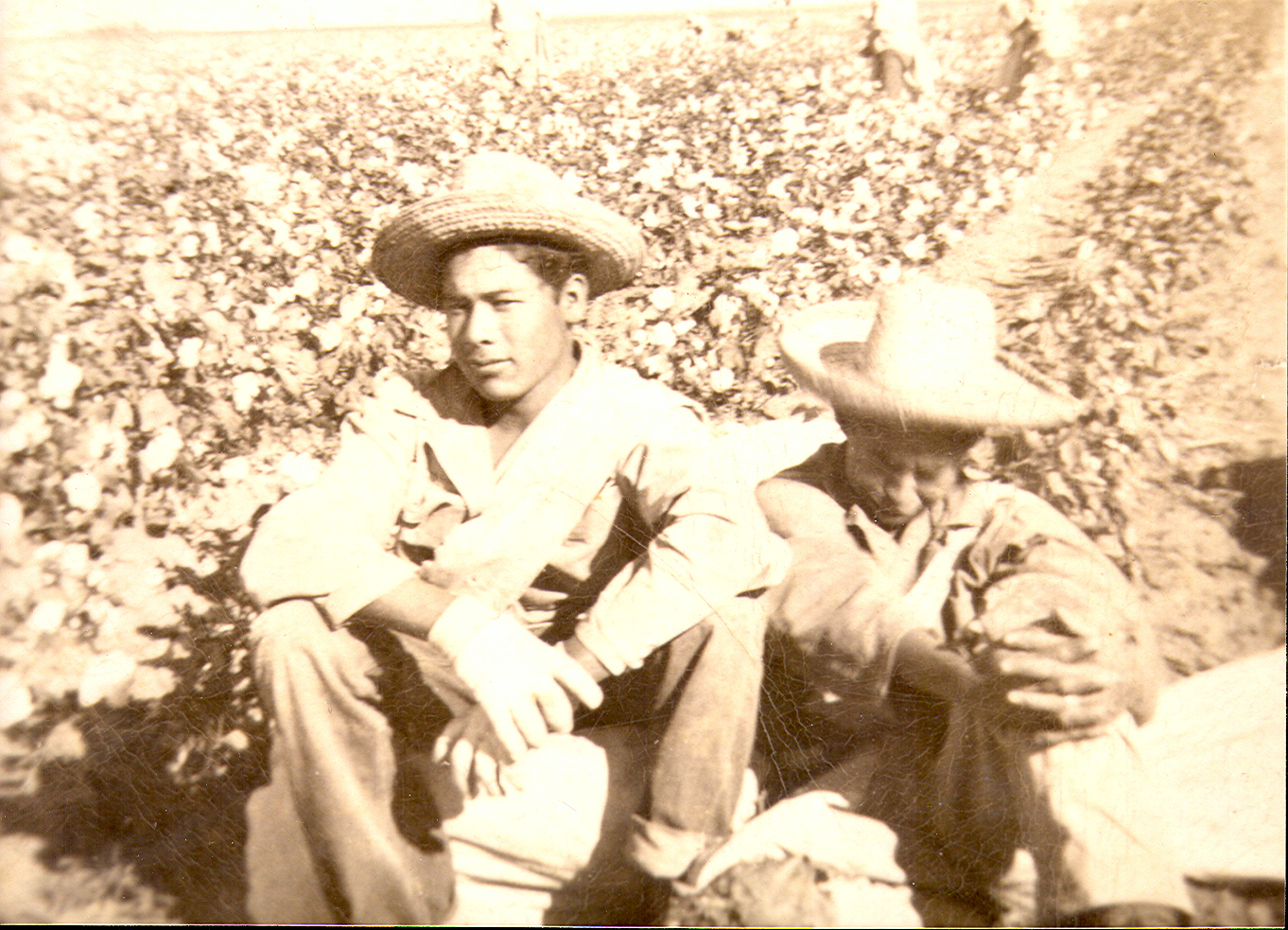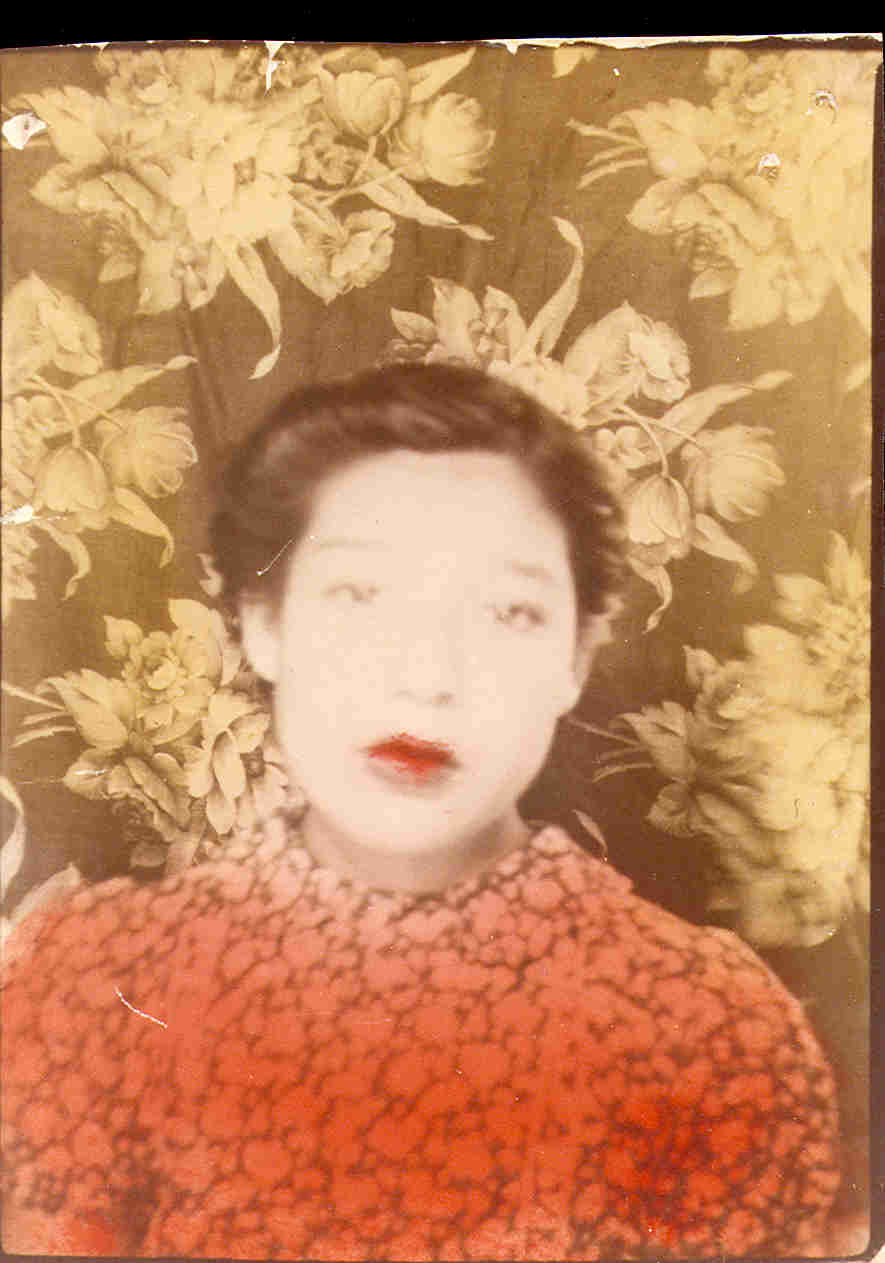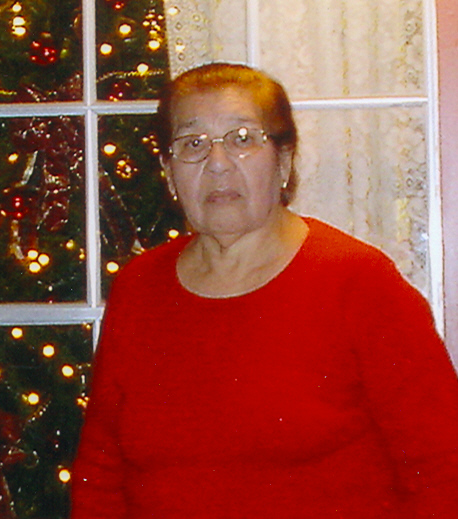Juanita Oranday Castillo


How old were you when you started to work in the fields and why did you work?
Probably when I was around 13 back in the early 40's we went to Corpus to pick
cotton back in July, when World War I was going on. I remember because my father's brother Julio
Oranday was in the war. We worked because we needed to help our parents it was the only way
to live.

Going to work did your day start in the wee hours?
Actually, our day started around 8 a.m. and we worked till around 3 or 4p.m.
Did you go to school?
When we lived in D'Hanis I only attended school til the fourth grade it was a Catholic school
but I don't remember the name of the school.
Did you do anything in your spare time?
Yes, I used to do embroidery work and knit by small needle not like the ones you see by
crochet. My mother taught the girls.
What style of clothes did you wear during these times?
I used to love skirts or dresses that were flowing and especially if they were long.
When I had extra money I would buy me my clothes,dresses were usually around
$2 to $3 back then.
Were other kids your age working in the fields? What kind of work was it?
The others that worked along side of the plant. When winter would come we would travel
to the Lubbock area and pick the whole cotton plant including the root. Back in 1946 we also
would pick onion in Mathis, Tx., tomato in Wisconsin and in Minnesota we would fill sacks of
potato that was in 1947.
Did you walk to work?
No, someone usually picked us up it was a truck like the Walton's. Do you remember from
the TV show?
Growing up in this era what did you learn?
I learned to cook, clean, take care of my younger siblings. We used to wash on small
scrubbing boards that would make your knuckles raw, we had to boil the water to do our wash
and when we finished we used
the irons that were on open flames. We had like two to three irons because
when one would get cold we used the other. And we always used a bar of Ivory soap for the cleaning.
What historical event took place while you were growing up?
It was World War I, when night came we were not allowed to turn our lights on because
it was dangerous remember we only used propane lights back then.
Do you remember any natural disasters that occurred?
Either a tornado or hurricane I don't know which one, but in Goliad it tore up a depot in half.
Did the war have any affect on you?
Yes, because my dad's brother Julio Oranday fought in the war he was somewhere in England.
Economic wise how did you consider yourself?
Meija, we were very poor we ate what we had sometimes we didn't have meat because
towns were far to travel and we ate rice, beans, fideo and tortillas and what was harvested.
How did you stretch the value of a dollar?
I usually bought myself lipstick, perfume or sodas and ice cream.

Do you remember what you earned picking as a young girl?
We would make $1.75 to every 100 pounds we picked (in 1943). My father would use the money to pay bills
buy groceries and then he would give us $5, with this money we had the option to buy our gloves
or whatever we needed to work. I usually bought my gloves or hand cream and saved the rest.
Did your kids ever work picking vegetables?
Yes, all of them my daughter Esmeralda worked while she was pregeant up until she
had to deliver the baby. But they only worked here in the area they didn't travel to other
places like we did growing up.

I learned that by asking questions you look into a person's life not knowing what information they are going to respond with. My aunt and I became closer--not that we were never close--but we formed a bond. I never knew that she would know circumstances about both wars that is WWI and WWII. She taught me that no matter how poor or rich someone could be love conquers all especially with family and that unity always will stand because that was emphasized with her family and that what she has taught her children. She said her husband always told her kids finish your school and respect others. People worked hard and had to sacrifice their educations to live life. I loved doing this interview and learning things I didn't know my aunt could tell me. For sure I will use this exercise as a history lesson for my own children starting with my parents.
D'Hanis, Texas. The Handbook of Texas Online is a multidisciplinary encyclopedia of Texas history, geography, and culture sponsored by the Texas State Historical Association and the General Libraries at UT-Austin. It was produced in partnership with the College of Liberal Arts and the General Libraries at the University of Texas at Austin. Copyright © The Texas State Historical Association. Last Updated: May 6, 2004.
Tamales. A History of Tamales from the Culinary Cooking Schools Arts & Institutes. Copyright, 2003.
Hurricane. Public information statement of the national weather service Austin/San Antonio, TX. of The South Central Texas hurricane of 1942.National Weather Service,Southern Region Headquarters, 819 Taylor Street, Room 10A06,Fort Worth, TX 76102.Page last modified: March 9, 2005.
The irons. These photos are similar to the irons Juanita used as a young girl growing up in Corpus Christi, Texas. Antique Sad Iron Collection- There are 30 different sad irons including alcohol, electric, white gas and other fuel types. The Country Store and Gardens. 20211 Vashon Highway SW, Vashon Island, WA 98070.
We would make $1.75 to every 100 pounds we picked (in 1943). AIER Cost-of-Living Calculator.This calculator uses the Consumer Price Index to do the conversions from one year to another year. The source for the data is the Bureau of Labor Statistics. American Institute for Economic Research, P.O. Box 1000, Great Barrington, Mass 01230 Phone (413) 528-1216 Fax (413) 528-0103.